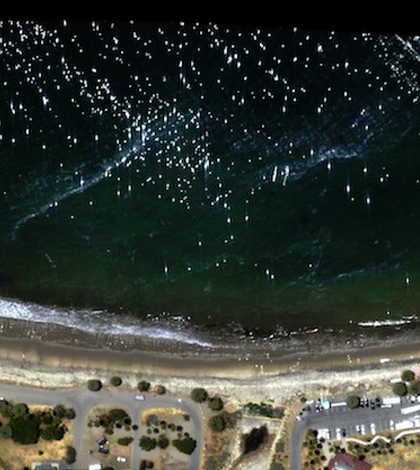NASA Tech Helped Refugio Oil Spill Response

An AVIRIS-NG visible-light aerial view of the Refugio Incident oil spill near Santa Barbara, California. (Credit: NASA/JPL-Caltech)
As a result of the Plains All American Pipeline spill on May 19, about 21,000 gallons of oil leaked into the Pacific Ocean and nearly 101,000 landed on Refugio State Beach, according to LiveScience. Since that time, the beach was plagued by tar balls, remnants from the spill.
Environmentalists collected tar ball samples, studied their ability to absorb light at varying wavelengths and sent their findings to NASA. From there, NASA technology helped provide a new way to improve cleaning up the beach.
NASA paired a DeHavilland Twin Otter aircraft with an Airborne Visible Infrared Imaging Spectrometer – Next Generation, an advanced camera to locate the remaining tar balls. It is the first time that high-resolution spectroscopy has been used to track tar on the beach.
Top image: An AVIRIS-NG visible-light aerial view of the Refugio Incident oil spill near Santa Barbara, California. (Credit: NASA/JPL-Caltech)




0 comments